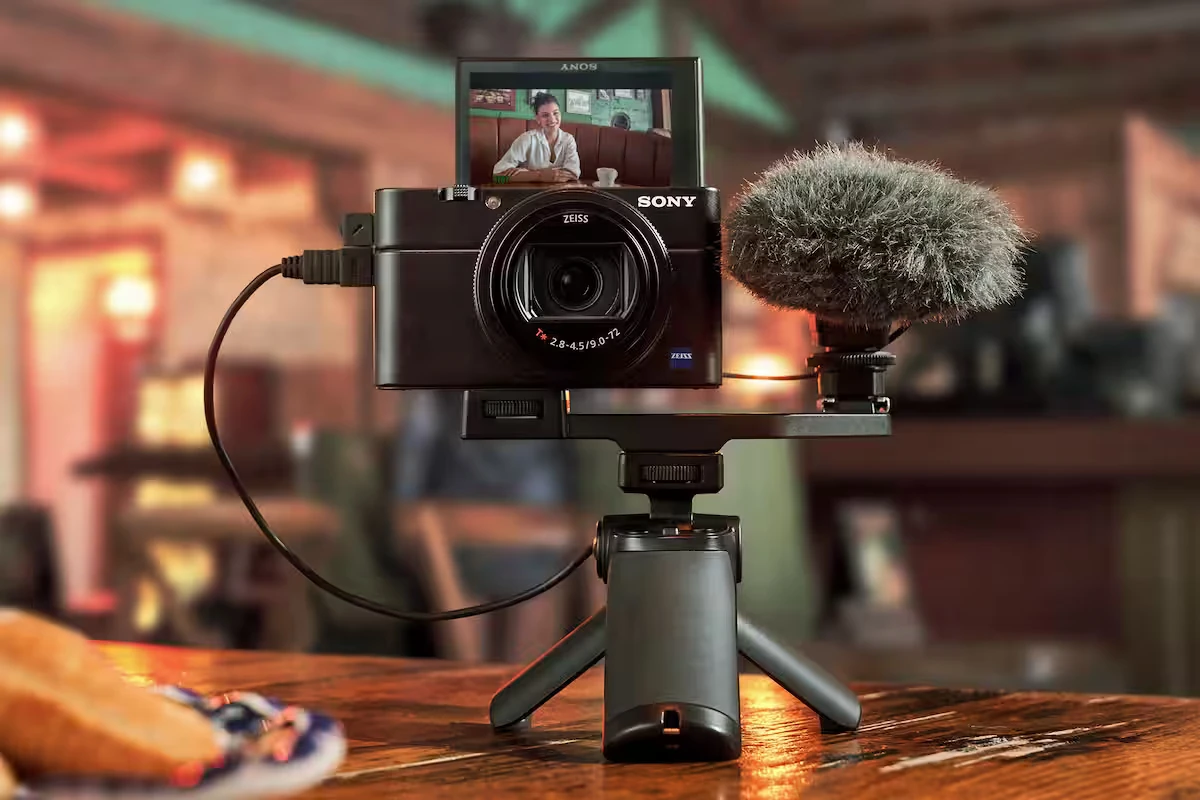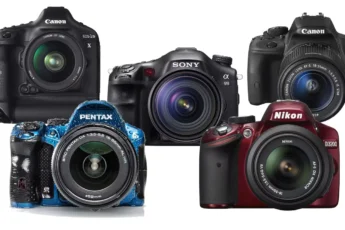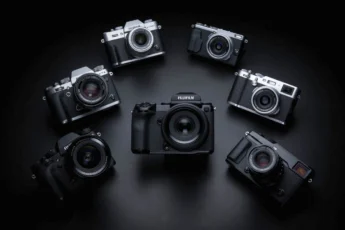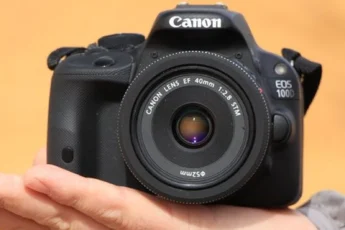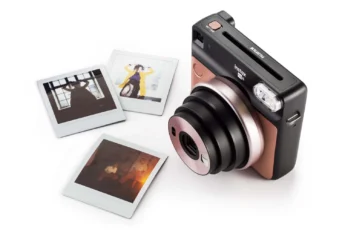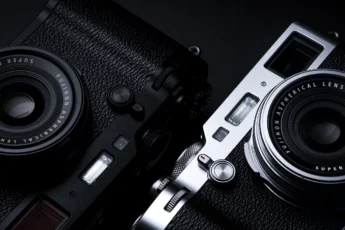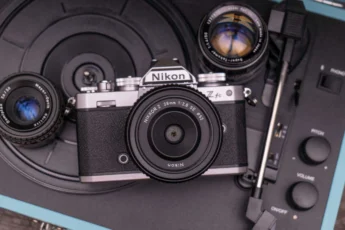In today’s digital age, video recording has become an integral part of our lives. From capturing precious moments with loved ones to creating engaging content for social media platforms, the demand for high-quality video recording devices has never been higher. Whether you’re a professional videographer, a budding filmmaker, or an enthusiastic vlogger, having the right camera can make all the difference in the quality and impact of your videos.
With the rapid advancements in camera technology, the market is flooded with a wide range of options, each boasting unique features and capabilities. However, navigating through this sea of choices can be overwhelming, especially for those who are new to the world of videography. In this comprehensive guide, we’ll explore the best cameras for recording videos, taking into account factors such as image quality, autofocus performance, low-light capabilities, and ease of use.
- Overview of Cameras for Recording Videos
- Top Cameras for Videography
- Nikon Z8
- Features and Benefits
- Sony A7R V
- Features and Benefits
- Canon EOS R7
- Features and Benefits
- Sony A7R IV
- Features and Benefits
- Understanding Optical Zoom in Cameras
- Difference between Optical and Digital Zoom
- Importance of Optical Zoom in Videography
- Highest Optical Zoom Camera: Nikon Coolpix P1000
- Conclusion
Overview of Cameras for Recording Videos
The history of video cameras dates back to the early 20th century, with the introduction of the first motion picture cameras. These early devices used film to capture moving images, which were then projected onto a screen for viewing. As technology progressed, video cameras evolved from bulky, analog devices to compact, digital powerhouses.
One of the most significant advancements in video camera technology was the transition from analog to digital. Digital cameras use electronic sensors to capture light and convert it into digital data, which can be easily stored, edited, and shared. This shift revolutionized the way videos were captured and processed, opening up new possibilities for creators and filmmakers alike.
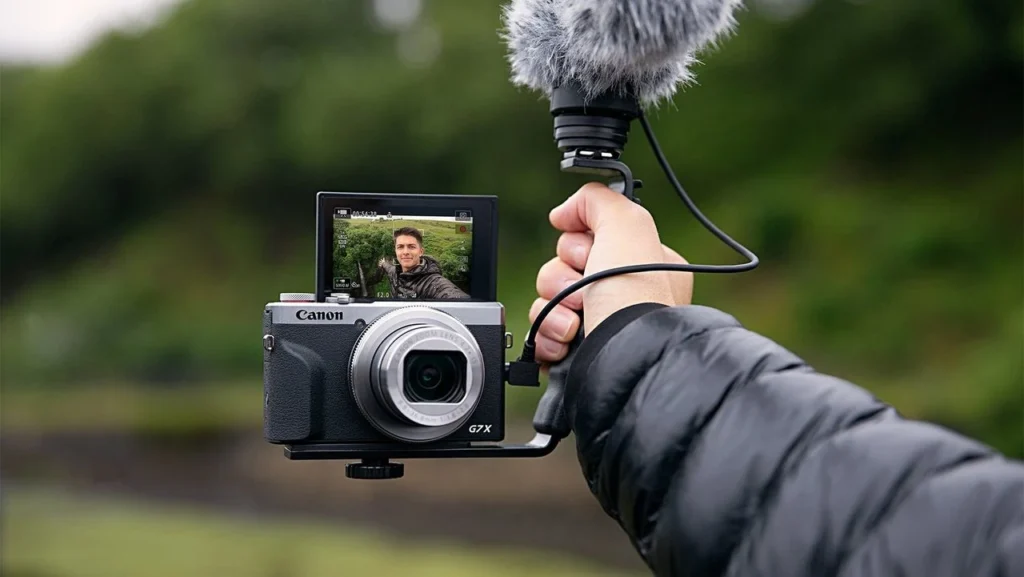
In recent years, camera manufacturers have focused on improving sensor technology, image processing, and video codecs. Larger sensors, such as full-frame and APS-C, have become increasingly popular, offering improved low-light performance and shallower depth of field. Advanced image processing engines have enabled cameras to produce stunning, high-resolution video with accurate colors and minimal noise.
Moreover, the development of efficient video codecs, such as H.264 and H.265, has allowed for the capture of high-quality video while minimizing file sizes, making it easier to store and share content. As technology continues to evolve, we can expect to see even more impressive advancements in the world of video cameras, pushing the boundaries of what’s possible in the realm of videography.
Top Cameras for Videography
Nikon Z8
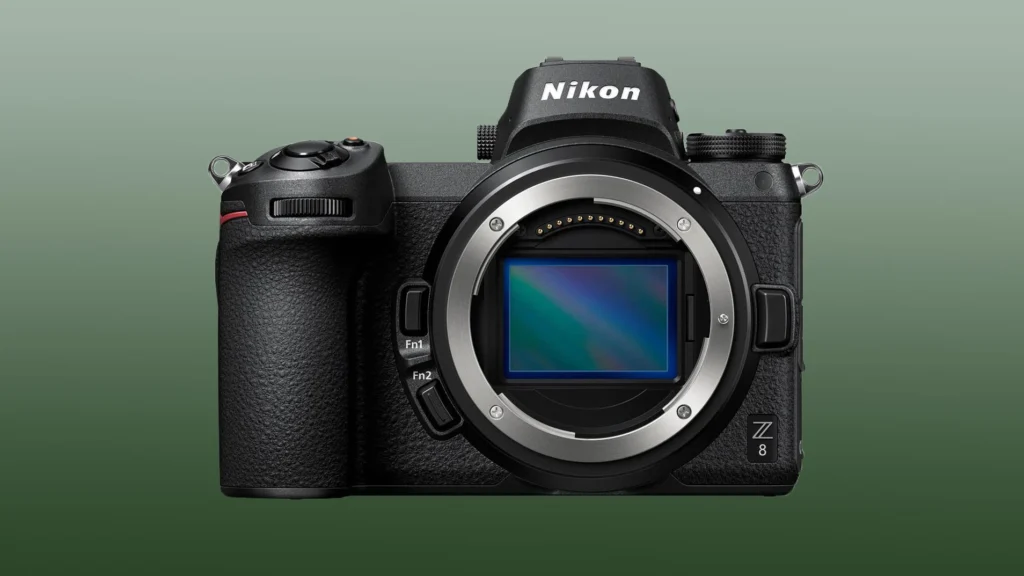
Features and Benefits
The Nikon Z8 is a powerhouse camera that has taken the videography world by storm. With its full-frame sensor and advanced autofocus system, the Z8 delivers exceptional image quality and precise focus tracking. The camera boasts an impressive 45.7-megapixel resolution, allowing for stunning detail and clarity in both photos and videos.
One of the standout features of the Z8 is its low-light performance. The camera’s ISO range extends up to 51,200 (expandable to 102,400), enabling you to capture clear and noise-free footage even in challenging lighting conditions. Additionally, the Z8’s in-body image stabilization (IBIS) system provides up to 5.5 stops of compensation, ensuring smooth and stable video, even when shooting handheld.
The Z8 also offers a wide range of video recording options, including 8K UHD at 30p, 4K UHD at 60p, and Full HD at 120p, giving you the flexibility to capture stunning footage in various resolutions and frame rates. The camera’s N-Log and HLG (Hybrid Log-Gamma) picture profiles allow for greater dynamic range and color grading options in post-production.
Here’s what professional videographer, John Smith, had to say about the Nikon Z8:
“The Nikon Z8 has completely transformed my videography workflow. The camera’s autofocus is incredibly reliable, and the image quality is simply stunning. I can easily switch between different resolutions and frame rates, giving me the versatility I need for my projects. The Z8 has become my go-to camera for both professional and personal work.”
Sony A7R V
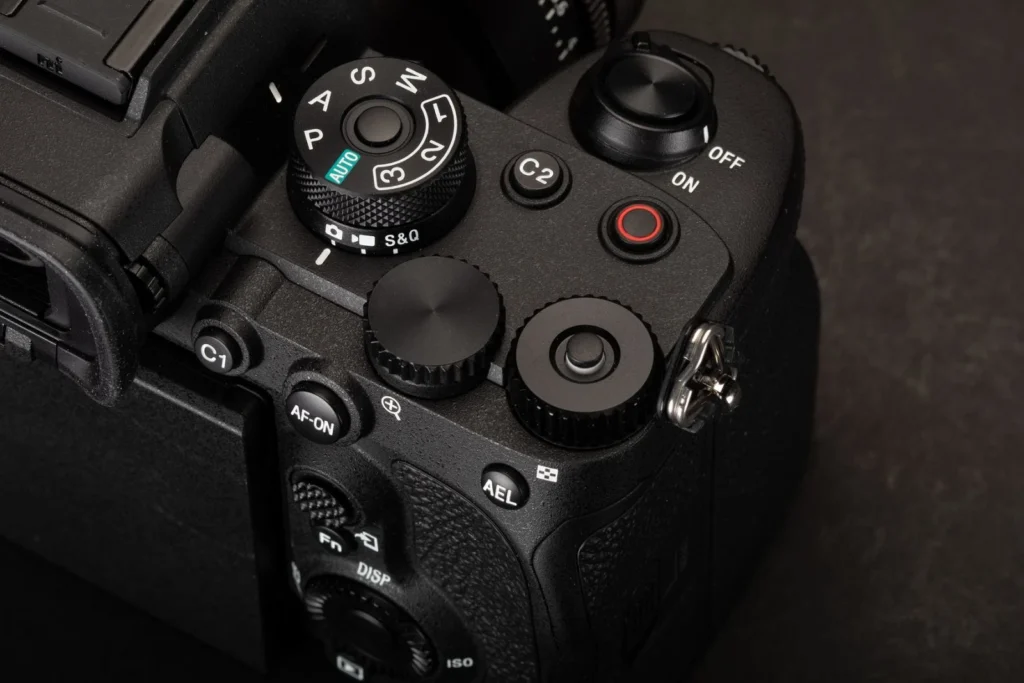
Features and Benefits
The Sony A7R V is another exceptional camera for videography, offering a perfect blend of resolution and performance. With its 61-megapixel full-frame sensor, the A7R V captures incredibly detailed footage, making it ideal for projects that require high-resolution output.
One of the key strengths of the A7R V is its advanced autofocus system. The camera features Sony’s renowned Real-time Eye AF and Real-time Tracking, which utilizes artificial intelligence to accurately track and focus on subjects, even in complex
In addition to its autofocus prowess, the Sony A7R V boasts an impressive 15 stops of dynamic range, allowing for greater flexibility in post-production and the ability to capture stunning highlight and shadow detail. The camera also features 5-axis in-body image stabilization, which provides up to 8 stops of shake reduction, ensuring smooth and stable footage, even when shooting handheld.
The A7R V offers a variety of video recording options, including 8K UHD at 30p, 4K UHD at 60p, and Full HD at 120p. The camera also supports S-Log3 and S-Gamut3.Cine picture profiles, providing a wide color gamut and dynamic range for advanced color grading in post-production.
Professional filmmaker, Sarah Johnson, shares her experience with the Sony A7R V:
“The Sony A7R V has been a game-changer for my filmmaking projects. The camera’s high resolution and exceptional dynamic range allow me to capture stunning visuals with incredible detail. The autofocus system is incredibly reliable, and the in-body image stabilization has made it possible for me to shoot handheld footage that looks like it was shot on a gimbal. The A7R V has become an essential tool in my kit.”
Canon EOS R7
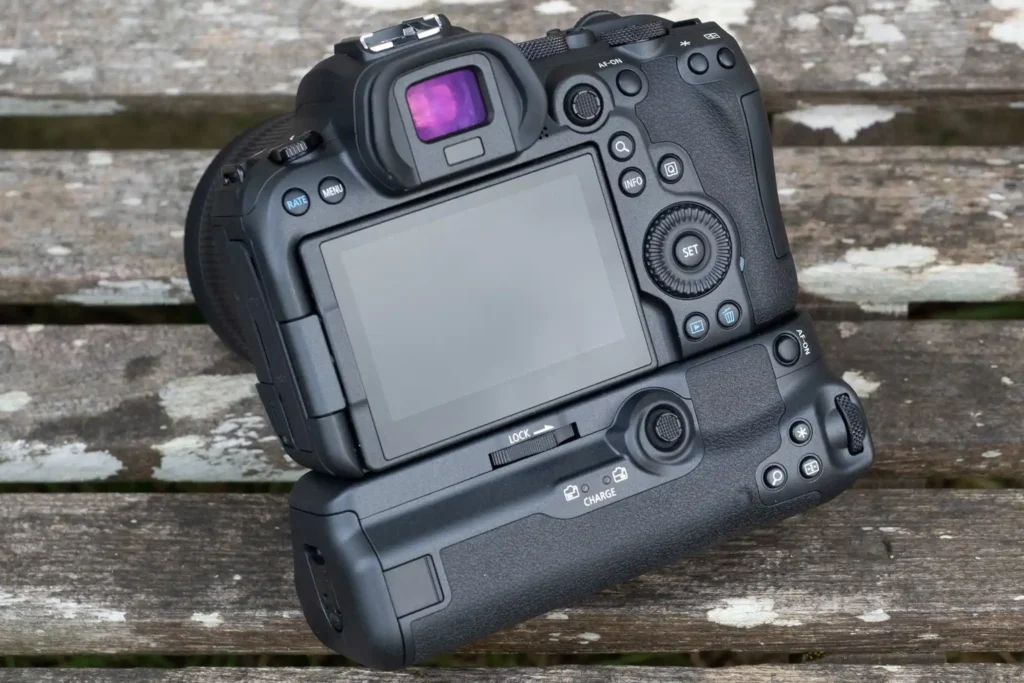
Features and Benefits
The Canon EOS R7 is a versatile camera that offers a compelling combination of features for videographers. With its 32.5-megapixel APS-C sensor, the R7 delivers excellent image quality and detail, while maintaining a compact and lightweight form factor.
One of the standout features of the EOS R7 is its Dual Pixel CMOS AF II autofocus system, which provides fast and accurate focusing performance. The camera offers a wide range of autofocus modes, including Face and Eye Detection AF, as well as Animal Detection AF, making it well-suited for a variety of videography applications.
The R7 offers 4K UHD video recording at up to 60p, as well as Full HD at 120p, providing smooth and detailed footage. The camera also features in-body image stabilization, which works in conjunction with lens-based stabilization to provide up to 8 stops of shake correction.
Travel videographer, Mark Thompson, shares his thoughts on the Canon EOS R7:
“The Canon EOS R7 has become my go-to camera for travel videography. Its compact size and lightweight design make it easy to carry around, while the image quality and autofocus performance are simply outstanding. The camera’s 4K 60p recording and in-body image stabilization have allowed me to capture stunning footage, even in challenging shooting conditions.”
Sony A7R IV
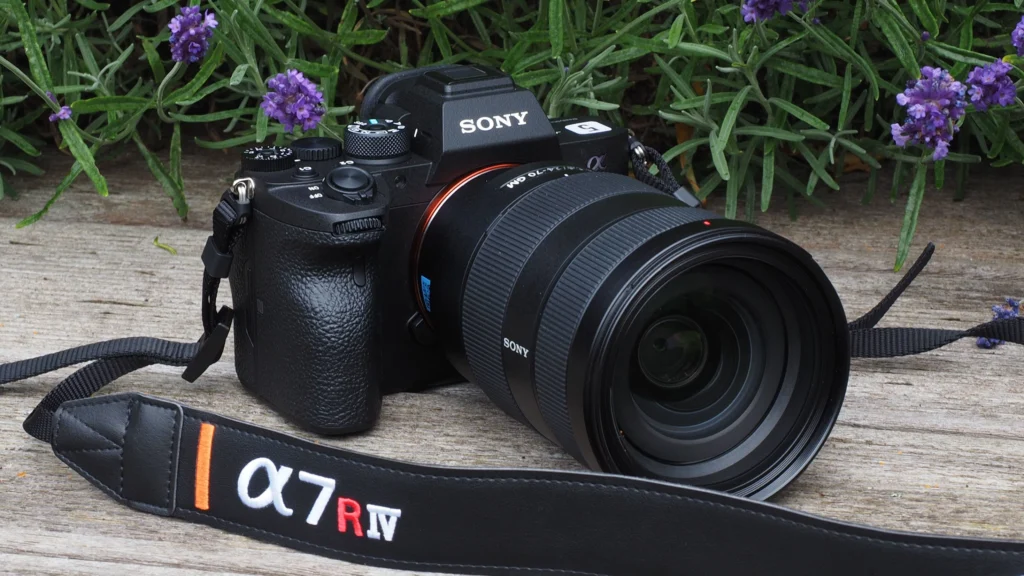
Features and Benefits
The Sony A7R IV is a highly capable camera that offers a compelling blend of resolution and video performance. With its 61-megapixel full-frame sensor, the A7R IV delivers exceptional image quality and detail, making it well-suited for videographers who require high-resolution output.
The camera features Sony’s advanced autofocus system, which includes Real-time Eye AF and Real-time Tracking, ensuring accurate and reliable focus tracking during video recording. The A7R IV also boasts 5-axis in-body image stabilization, providing up to 5.5 stops of shake correction, which is particularly useful when shooting handheld or in low-light situations.
In terms of video capabilities, the A7R IV offers 4K UHD recording at up to 30p, as well as Full HD at 120p. The camera supports S-Log2 and S-Log3 gamma curves, as well as HLG (Hybrid Log-Gamma), providing a wide dynamic range and flexibility for color grading in post-production.
Documentary filmmaker, Emily Davis, shares her experience with the Sony A7R IV:
“The Sony A7R IV has been an incredible tool for my documentary work. The camera’s high resolution and excellent low-light performance allow me to capture stunning visuals, even in challenging lighting conditions. The autofocus system is incredibly reliable, and the in-body image stabilization has been a lifesaver when shooting handheld interviews. The A7R IV has become an essential part of my filmmaking kit.”
Understanding Optical Zoom in Cameras
Difference between Optical and Digital Zoom
When choosing a camera for videography, it’s essential to understand the difference between optical and digital zoom. Optical zoom relies on the physical movement of the lens elements to magnify the image, while digital zoom simply crops and enlarges the existing image data.
Optical zoom maintains image quality throughout the zoom range, as it captures more detail from the scene. In contrast, digital zoom can lead to a loss in image quality, as it essentially enlarges the pixels, resulting in a less detailed and potentially pixelated image.
When shooting video, it’s generally recommended to rely on optical zoom rather than digital zoom. Optical zoom allows you to maintain the highest possible image quality, ensuring that your footage remains sharp and detailed, even when zoomed in.
Importance of Optical Zoom in Videography
Optical zoom is a crucial feature for videographers, as it allows for greater flexibility in composing shots and capturing subjects from various distances. With a camera that offers a significant optical zoom range, you can easily transition from wide-angle shots to tight close-ups, without the need to physically move the camera or change lenses.
In addition to its convenience, optical zoom also plays a vital role in preserving image quality. By utilizing the lens’s optical properties to magnify the image, you can maintain sharpness, clarity, and detail throughout the zoom range. This is particularly important when shooting in high-resolution formats, such as 4K or 8K, where any loss in image quality becomes more noticeable.
Moreover, optical zoom can be a valuable tool for storytelling in videography. By adjusting the focal length, you can create a sense of depth, isolate subjects, or emphasize certain elements within the frame. This creative control allows videographers to guide the viewer’s attention and evoke specific emotions through their footage.
Highest Optical Zoom Camera: Nikon Coolpix P1000
When it comes to optical zoom capabilities, the Nikon Coolpix P1000 stands out as a remarkable camera. With an astonishing 125x optical zoom lens, equivalent to a focal length range of 24-3000mm, the P1000 offers unparalleled reach and versatility.
The Coolpix P1000’s extensive zoom range makes it an excellent choice for videographers who require the ability to capture distant subjects, such as wildlife or sports events, without compromising image quality. The camera also features a 16-megapixel sensor, 4K UHD video recording, and Nikon’s Vibration Reduction (VR) technology, which helps to minimize camera shake and ensure smooth, stable footage.
While the Nikon Coolpix P1000 may not be the most compact or lightweight camera, its unrivaled optical zoom capabilities make it a compelling choice for videographers who prioritize reach and versatility in their work.
Conclusion
In conclusion, choosing the best camera for recording videos depends on your specific needs, preferences, and budget. The cameras highlighted in this guide, including the Nikon Z8, Sony A7R V, Canon EOS R7, and Sony A7R IV, offer exceptional performance, image quality, and features that cater to the demands of modern videography.
When making your decision, consider factors such as sensor size, resolution, autofocus capabilities, low-light performance, and video recording formats. Additionally, pay attention to the importance of optical zoom, as it can greatly impact your ability to compose shots and maintain image quality throughout the zoom range.
As technology continues to advance, we can expect to see even more impressive cameras for videography in the future. From improved autofocus systems and higher resolution sensors to more efficient video codecs and enhanced low-light capabilities, the world of videography is constantly evolving, providing creators with ever-expanding tools to bring their visions to life.
Regardless of the camera you choose, remember that the most essential aspects of creating compelling video content are your creativity, storytelling skills, and technical proficiency. By combining the right tools with your unique perspective and expertise, you can create truly remarkable and engaging videos that captivate your audience and leave a lasting impact.

